Image Credit: ShutterStock
Amusement parks are meant to be places of joy and excitement, but a recent incident at Fun Spot America in Kissimmee, Florida has cast a shadow over the industry. A fun spot roller coaster accident involving a 6-year-old boy has sparked concern and debate about theme park safety. The child fell from the Galaxy Spin ride, sustaining traumatic injuries and prompting an immediate response from paramedics and local authorities.
The accident has led to an investigation by the Florida Department of Agriculture and Consumer Services, as well as a closer look at safety procedures and guidelines in amusement parks. Witnesses’ accounts, the role of safety harnesses, and the overall mechanics of the ride are all under scrutiny. This incident has not only affected the victim’s family, who set up a GoFundMe page to help with medical expenses, but also raised questions about child safety in theme parks and the measures in place to prevent such accidents.
The Incident: A 6-Year-Old’s Fall from Galaxy Spin
On August 3, 2023, a 6-year-old boy from Louisiana sustained severe injuries after falling from the Galaxy Spin roller coaster at Fun Spot America’s theme park in Osceola County, Florida. The incident occurred when the child, who was seated in the far left seat, managed to stand up while the ride was in motion. Despite being properly secured and checked by staff, the boy either fell or was thrown from the attraction, plummeting an estimated 20-25 feet. Witnesses reported that the child appeared too small for the seat, noting a gap even when the restraints were fully closed. The ride has been closed indefinitely while the Florida Department of Agriculture and Consumer Services conducts an investigation into the accident.
Emergency Response and Immediate Aftermath
The Osceola County Fire Rescue Department responded to Fun Spot’s amusement park in Kissimmee, Florida around 3 p.m. on Thursday. Firefighters arrived to find a 6-year-old boy with traumatic injuries approximately 20 feet beneath the Galaxy Spin roller coaster’s track. Panic and fear were evident in the voices of 911 callers who reported the incident. One caller described the child’s injuries, noting bleeding from his lip, swelling on his head, and a possible hip injury. The boy was rushed to Orlando Health Arnold Palmer Hospital for Children for treatment. Fun Spot issued a statement expressing concern for the child and his family, emphasizing that safety is their top priority.
Safety Concerns and Ride Mechanics
The Galaxy Spin roller coaster, a steel spinning wild mouse attraction, has come under scrutiny following the recent accident. The ride, which stands 42.7 feet tall and reaches speeds of 29.1 mph, utilizes a chain lift hill and has a duration of 1:30 minutes. It features single car trains with riders arranged four across in a single row. The safety harness system employs a mechanical locking mechanism, typically using a locking pin or ratchet pawl, to secure riders during the journey. These restraints are designed to remain locked throughout the ride, with release mechanisms positioned out of reach of secured passengers to prevent accidental opening.
Investigation and Future Implications
The Florida Department of Agriculture and Consumer Services has launched an investigation into the Fun Spot roller coaster accident. Inspectors found no deficiencies in the ride’s mechanics, including seats, lap bars, and mechanisms. The investigation revealed that the child was properly secured and checked by staff but managed to stand up during the ride. Daily inspection reports and training records were found to be complete and accurate, with the operator trained approximately 10 days before the incident. Zamperla, the ride’s manufacturer, hired an external consulting firm, which confirmed the ride was operating as designed. Fun Spot America has stated that the Galaxy Spin roller coaster will remain closed until they are certain such an incident cannot happen again.
Conclusion
The Fun Spot roller coaster accident has shed light on the ongoing challenges in amusement park safety. This incident has an impact on not just the injured child and his family, but also on the wider theme park industry, prompting a closer look at safety measures and regulations. The investigation’s findings, which showed no mechanical issues with the ride, highlight the complex nature of ensuring visitor safety in such environments.
Moving forward, this event serves as a stark reminder to consider the balance between thrill-seeking experiences and visitor well-being. It underscores the need to analyze current safety protocols, especially those related to child riders, and to implement more stringent measures where necessary. As the industry reflects on this incident, it’s crucial to maintain open communication with the public to rebuild trust and ensure that amusement parks remain places of joy and excitement for all visitors.
Also Read: fox 2 news anchor husband dies
FAQs
- What occurred at Fun Spot Kissimmee?
-
- The details of the incident at Fun Spot Kissimmee are not provided in the question.
- What is the worst roller coaster accident in history?
-
- The most catastrophic roller coaster accident recorded occurred at Battersea Park in London on May 30, 1972. Known as the Battersea Park funfair disaster, it resulted in the deaths of five children and injuries to thirteen others after a wooden roller coaster train derailed. Subsequent investigations revealed 51 faults in the ride.
- What is the biggest amusement park accident?
-
- Two significant accidents are notable:
-
- On May 11, 1984, a fire at Six Flags Great Adventure in Jackson Township, New Jersey, led to the deaths of eight teenagers.
- On July 3, 1987, six people were injured due to an overturned raft on the Canyon River Rapids ride at Hershey Park in Hershey, Pennsylvania.
- What are the most common causes of roller coaster accidents?
-
- The predominant cause of amusement park accidents is mechanical failure, which may arise from defective equipment or inadequate maintenance. Other contributing factors include improper use of safety restraints by riders and unexpected forces during the ride that could dislodge a rider if not properly secured.





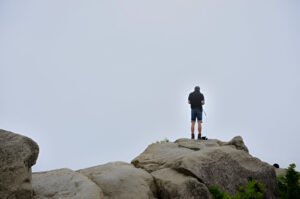
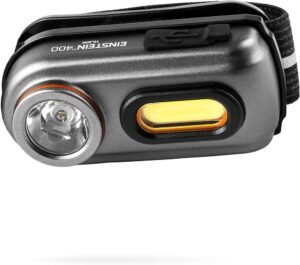


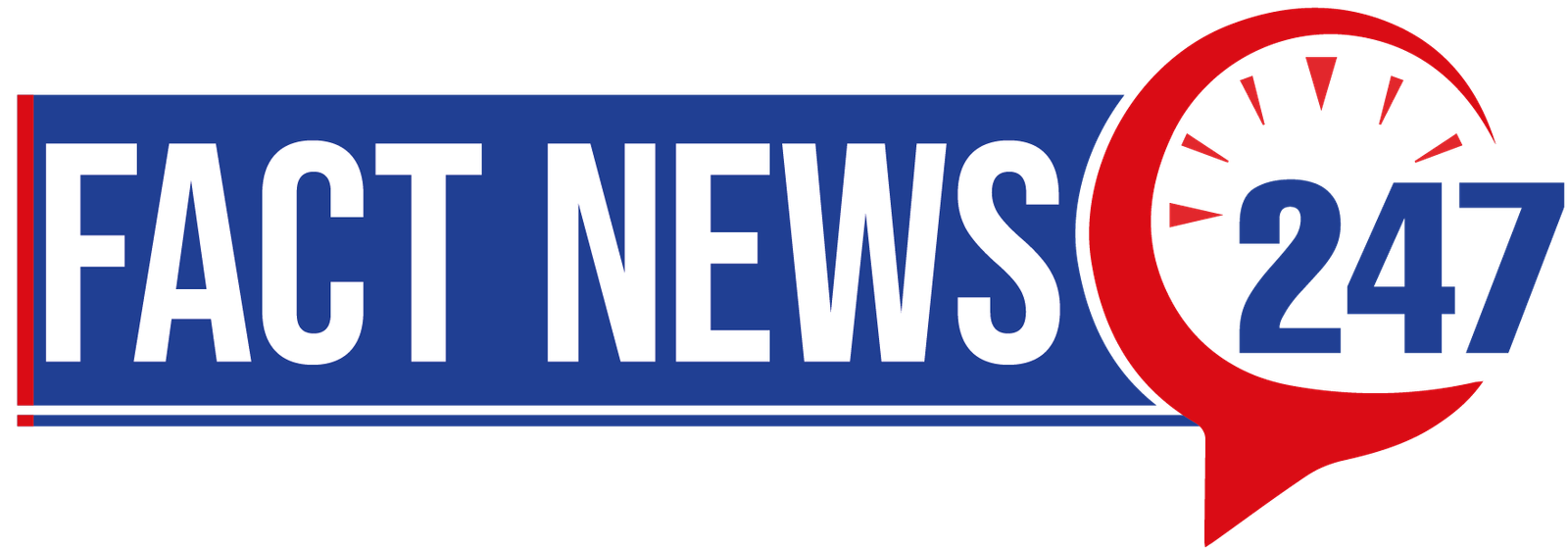
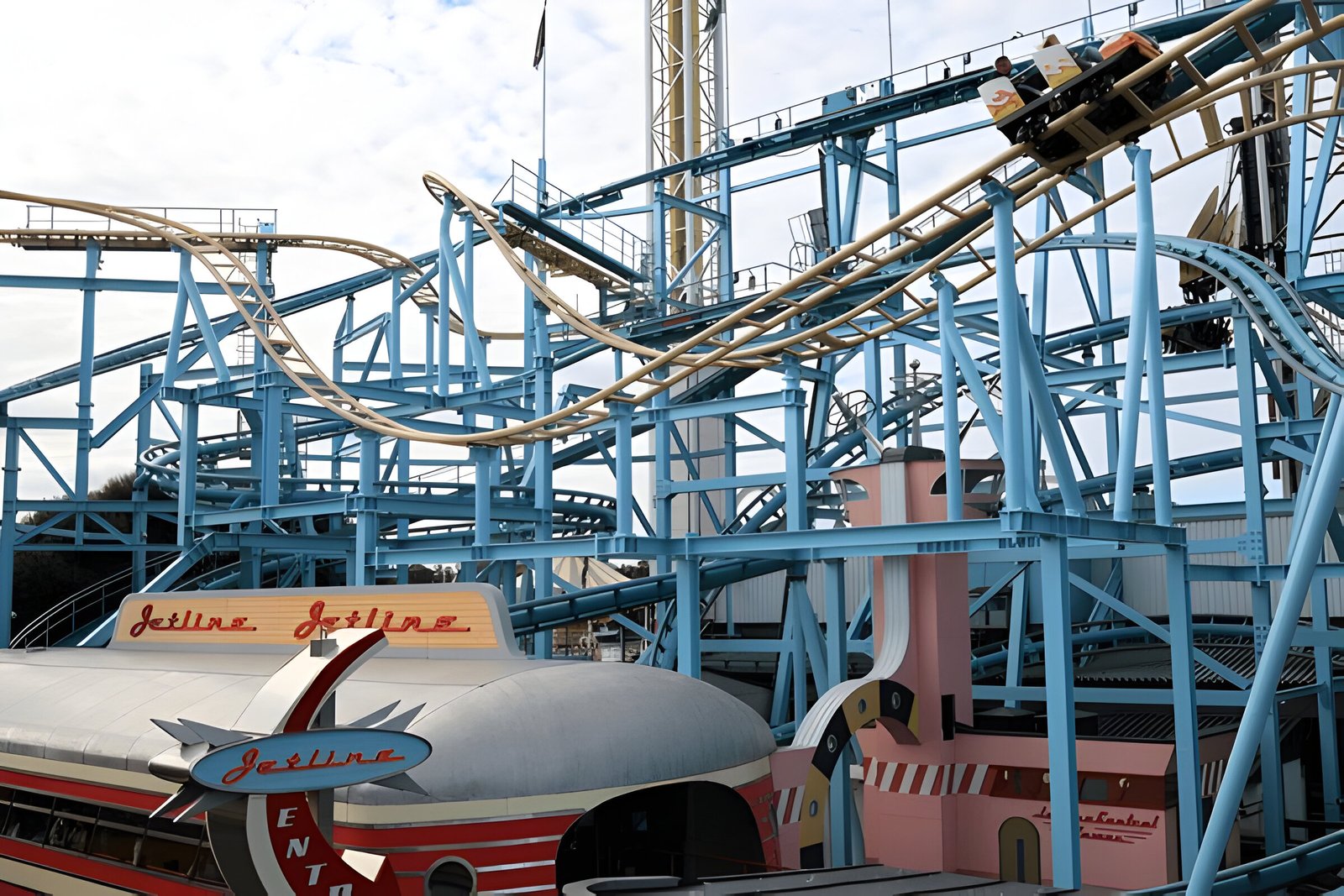











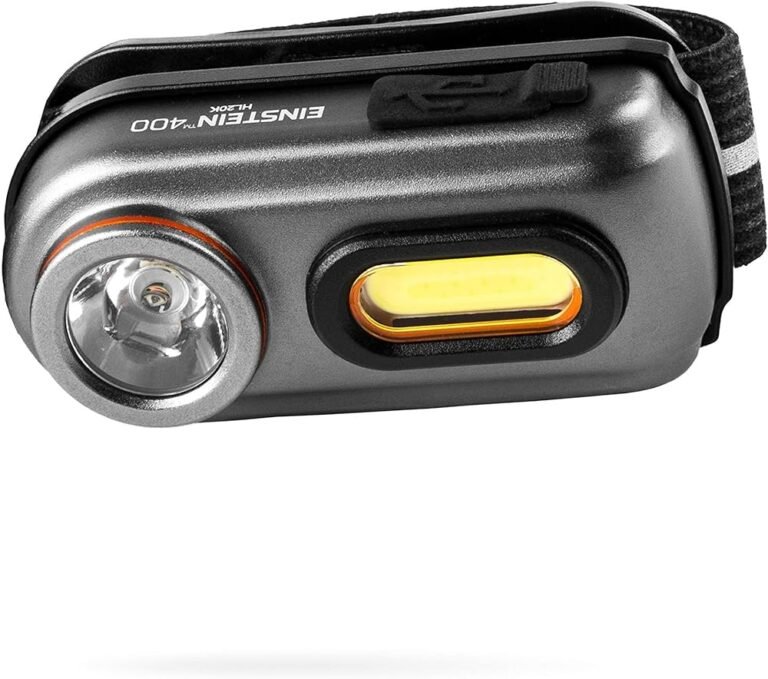

Goood post. I learn something totally new and challenging on blogs I
stumbleupon everyday. It will always be useful to read articles frrom other authors and practice something
from other web sites. https://bandur-art.blogspot.com/2024/08/the-ultimate-guide-to-no-mans-sky-mods.html
Good post. I learn something totally new and challenging on blogs I stumbleupon everyday.
It will aways be useful to read articles from other authors
and practice something from other web sites. https://bandur-art.blogspot.com/2024/08/the-ultimate-guide-to-no-mans-sky-mods.html
[…] More About: Fun Spot Roller Coaster Accident What Really Happened Click Here to Understand About: Understanding Germantown TN Drinking Water What You Need To Know […]